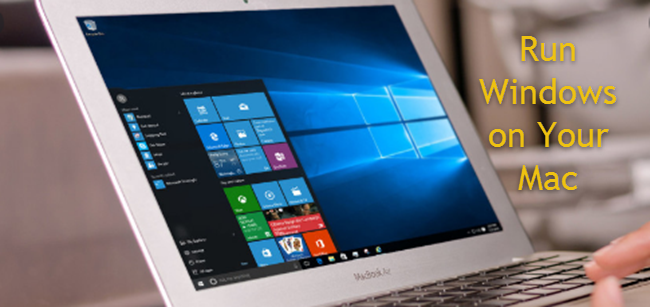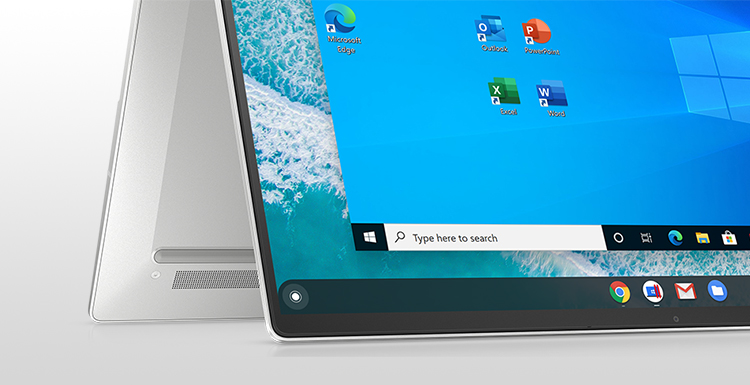

- #Mac os for windows based laptop android
- #Mac os for windows based laptop pro
- #Mac os for windows based laptop password
- #Mac os for windows based laptop Pc
IMac vs MacBook Air vs MacBook Pro vs Mac Mini: Which M1 Mac is right for me? On the other hand, macOS is Apple’s proprietary operating system limited to the Mac line of computers, including the MacBook models, iMac, Mac mini, and Mac Pro - unless you manage to build a fully functional Hackintosh by yourself. Although both - Windows and macOS (previously Mac OS, short for Macintosh Operating System) - were invented around the same time, Windows enjoys a bigger user base because it is easily available and compatible with a wide range of hardware.
#Mac os for windows based laptop Pc
As of December 2020, Microsoft Windows is estimated to be used by nearly two-thirds of PC or laptop users worldwide, while macOS is limited to less than one-fifth of users. Naturally, the number of users who claim Windows is better is much bigger because of Windows’ share of the desktop OS market. The eternal rivalry between Windows and macOS is waged by fervent enthusiasts who are always arguing on how one is better than the other.
#Mac os for windows based laptop password
You can also increase your security across all of your endpoints with the ability to enforce policies, incorporate MFA, manage password complexity, and leverage event logging API’s. With our LDAP and SAML integration, your employees can easily gain access to a variety of web-based and legacy applications – all tied to a single user identity. JumpCloud’s cloud directory is platform neutral, so you can optimize Mac, Windows, and Linux system management. Modern cloud based directories, like JumpCloud Directory Platform, have emerged in response to today’s modern office. Legacy directories like Active Directory and OpenLDAP are not able to provide the same level of visibility and system control that once existed when Microsoft was dominating the enterprise market.
#Mac os for windows based laptop android
This means that Macs, Linux, iOS, and Android devices have made a significant impact on the enterprise. In fact, it is estimated now that only one in five devices in organizations is Windows-based. This has broken Windows’ hold over the workplace, and a major shift started to occur towards non-Windows systems. IT’s job became a little easier because the end user was spending more and more time in the browser where there were less compatibility issues. End users were delighted because they finally had a choice in what platform they could use. Instead of being focused on controlling users, the concept of Bring Your Own Device (BYOD) emerged.

Īs more users started to bring in their Apple mobile devices and Mac laptops, IT organizations shifted their view. These reasons started to chip away at the Microsoft Windows monopoly. IT didn’t have as much motivation to stay with Windows-based systems because the infrastructure wasn’t being tied to Microsoft. The third shift was that infrastructure tools such as Microsoft Exchange and Office were being offered as cloud based services. All three of these encouraged users to leverage Apple solutions and become familiar with the ease of use, stylish branding, and tight integration with macOS. The second major shift was the introduction of compelling Apple consumer products like the iPod, iPhone, and iPad. Applications didn’t need to be built for Windows or macOS, they were just built to work in whichever browser the user chose. Driven by Salesforce and others, end users started to have a common operating system: their browser. The first major shift to occur was the movement towards web applications. The Windows monopoly would still be in existence today if some major shifts in the IT environment hadn’t occurred. Often, business applications weren’t even created for macOS. Windows’ dominating work presence also created a whole ecosystem of apps that worked best with the Windows platform. Windows devices were far cheaper to purchase and administer than Macs. If problems were found, often spare parts or familiarity with the manufacturer’s support would make repairs quicker. This reduced the time and effort required to troubleshoot problems. Because IT admins were on the hook to make sure that these machines worked for their employees, there was a drive to standardize components.


 0 kommentar(er)
0 kommentar(er)
